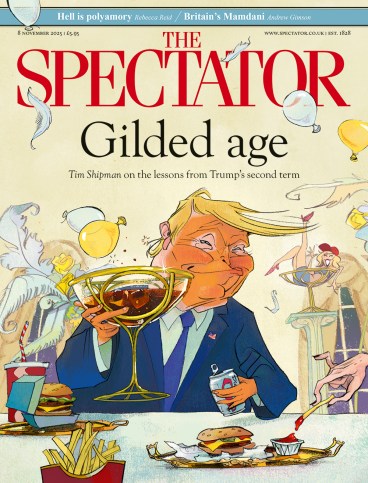
For the first time in decades, King Charles has a new pet dog, a lagotto Romagnolo called Snuff. Queen Camilla is said to have given him the puppy, perhaps more for her benefit than his. She is thought to be mad about foraging for fungi, especially in the area surrounding her home in Wiltshire, where the chalky terroir is famous for an abundance of Burgundy truffles. Snuff is the perfect breed to find them.
The lagotto hails from my home region of Emilia Romagna, and in recent years the dogs have surpassed pigs as the go-to tool for truffling. I can only surmise too many fingers were lost retrieving a precious truffle from a 200lb swine. My own lagotto, named Alba, accompanies me everywhere, especially in autumn, as we venture out truffle-hunting to furnish my two restaurants in Kensington, west London: Il Portico and La Palombe.
There are two ways to train a truffle dog: the Italian way and the wrong way. I follow the Italian method, which involves giving your hound freedom to roam as they please. Lagotti tend to ‘quarter’ the wood, zigzagging in search of scent. Once it’s found, they dig quickly, and given half the chance will wolf down the truffle before you know what’s happened. It’s slightly odd and very Italian.
The English way (the wrong way) is closer to scent-work training, with the dog stopping to indicate politely where the truffle is, leaving you to do the rest. The dog doesn’t eat or mark the truffle, which is certainly more practical. The disadvantage is that, frankly, it’s boring. Practicality has no place in truffling. The Italian method relies on you reading the dog’s movement to divine when she might be upon something and then sprinting to get there before it is gobbled up. Much more fun – for both of you.
At this time of year, Alba and I rise before daybreak and enter the woodlands as the mist lifts off the forest floor. Often the only sound is the hoot of an owl or the scurry of a badger. I am reminded of my favourite nature writer, Jim Harrison, who said that the woods offer ‘a moment-by-moment sense of all the glories of creation, of the natural world as a living fabric of existence, so that I am both young again, but also 70,000 years old’.
There is no practical reason to hunt for truffles at dawn, rather than at say the more reasonable time of 3 p.m., but as we’ve already established, practicality has little to do with it. We are in search here not just of truffles, but of communion with the natural world. The more time I spend on my knees digging the earth with bare hands, the more I believe in the ability of trees not just to communicate but to actually feel. I imagine that we are but a nudge away from science proving what folklore already knew about the sentient nature of plants.
Truffles are the living, fruiting body of everything the natural world needs to thrive. As a keen hunter and fisherman, I see no difference between harvesting the energy of a truffle and doing the same with a deer or trout. Like Jim Harrison (and, we might assume, the King), I believe in the complete living fabric of existence. If plants do communicate and even feel, why should they be placed lower down the ethical food chain?
Back in the restaurants, our bounty is used to spruce up many a dish. Alba dozes in the corner, dreaming perhaps of bumping into Snuff and the Queen one morning in the woods.








Comments